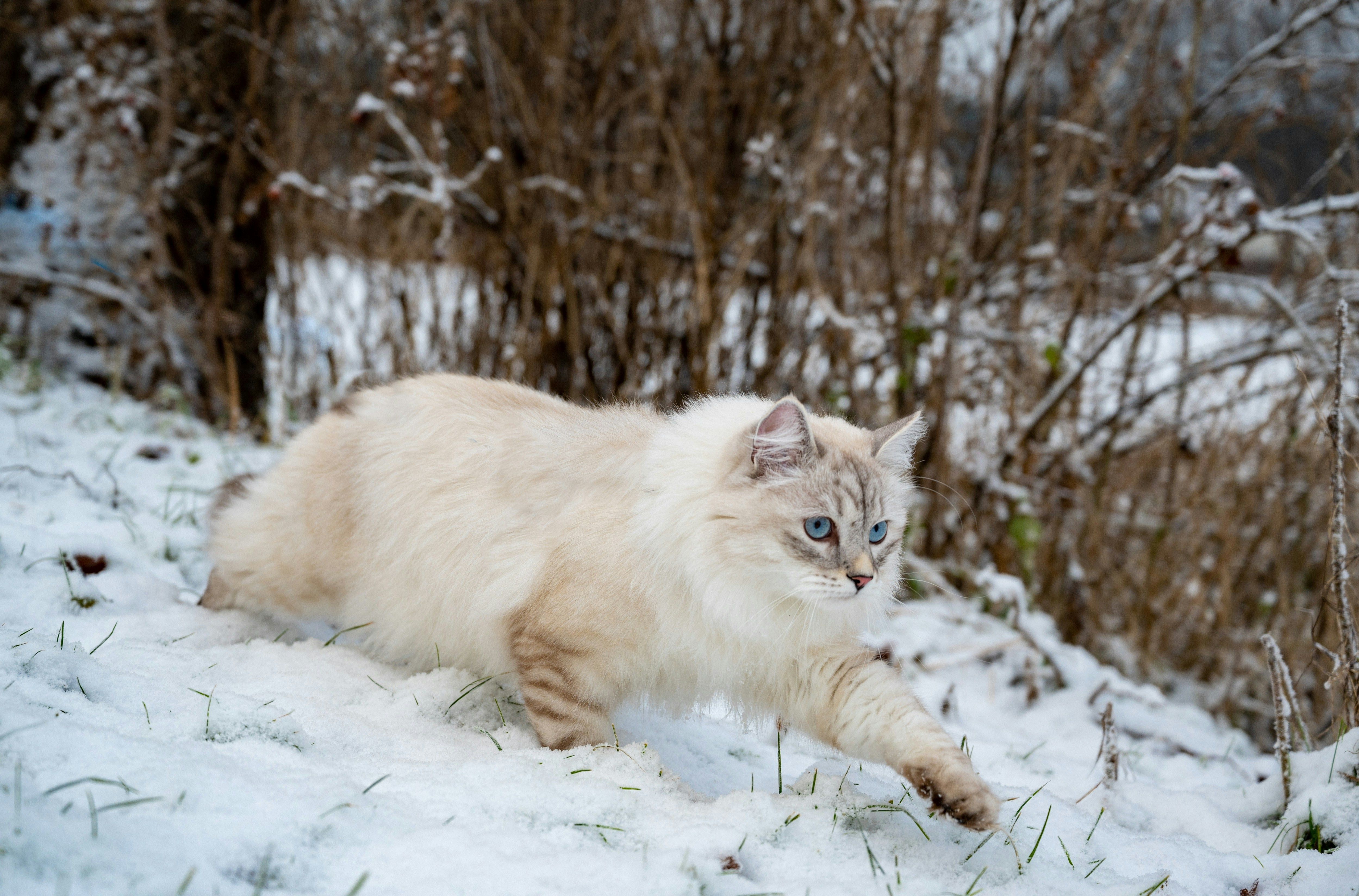Are you an allergy sufferer who loves cats? You’re not alone. Many people with allergies are still able to enjoy the companionship of a feline friend by choosing a hypoallergenic cat breed. In this article, we’ll explore what makes a cat hypoallergenic, highlight some of the best hypoallergenic cat breeds, and provide tips on managing cat allergies.
What Makes a Cat Hypoallergenic?
Contrary to popular belief, no cat breed is completely hypoallergenic. However, some breeds produce fewer allergens than others. The primary allergen responsible for cat allergies is a protein called Fel d 1, which is found in cat saliva, skin, and urine. Hypoallergenic cats typically produce less of this protein or have coats that trap fewer allergens.
Best Hypoallergenic Cat Breeds
1. Siberian
Siberian cats are known for their low levels of Fel d 1 protein. Despite their long fur, they are often well-tolerated by allergy sufferers. Siberians are also affectionate and playful, making them great family pets.

2. Balinese
Balinese cats have a fine, silky coat that produces fewer allergens compared to other long-haired breeds. They are also known for their striking blue eyes and friendly nature.
3. Sphynx
The Sphynx cat’s lack of fur doesn’t mean they’re allergen-free, but their hairless bodies make it easier to manage allergens. Regular bathing can help reduce the amount of allergen on their skin.
4. Russian Blue
Russian Blue cats have a dense double coat that traps allergens, preventing them from becoming airborne. These cats are known for their gentle and reserved nature.
5. Bengal
Bengal cats have a unique pelt-like coat that sheds less than typical cat fur. Their energetic and playful nature makes them a popular choice for active families.
Tips for Managing Cat Allergies
Even with a hypoallergenic cat, managing allergies requires some additional steps:
- Regular Grooming: Brush your cat regularly to remove loose fur and reduce allergens. Bathing your cat can also help, but be sure to use cat-safe shampoo.
- Clean Environment: Keep your home clean by vacuuming frequently with a HEPA filter vacuum. Wash your cat’s bedding and toys regularly.
- Air Purifiers: Use HEPA air purifiers to reduce airborne allergens.
- Designated Cat-Free Zones: Create cat-free zones in your home, such as your bedroom, to give yourself a break from allergens.
- Hand Hygiene: Wash your hands after petting your cat and avoid touching your face.
Conclusion
Living with cat allergies doesn’t mean you have to give up on having a feline companion. By choosing a hypoallergenic breed and taking steps to manage allergens, you can enjoy the company of a cat without the constant sneezing and itching. If you’re considering getting a hypoallergenic cat, be sure to spend time with the breed to ensure you don’t have an allergic reaction.
By Alice Johnson, a passionate cat lover and experienced vet technician. Follow her insights and tips to keep your cat happy and healthy.